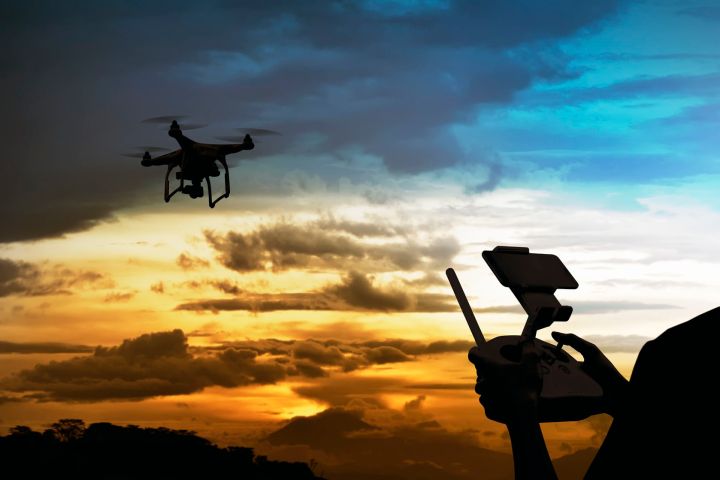
The report, released on Thursday, details possible drone sightings from February through September 2016. The FAA identified 1,274 potential sightings, while the same time frame the previous year only produced 874 reports.
“Although the data contain several reports of pilots claiming drone strikes on their aircraft, to date the FAA has not verified any collision between a civil aircraft and a civil drone,” the FAA wrote in an updated release. “Every investigation has found the reported collisions were either birds, impact with other items such as wires and posts, or structural failure not related to colliding with an unmanned aircraft.”
Operating drones near airports, airplanes, and helicopters is illegal and could lead to fines and jail time. The FAA uses a B4UFLY app to help hobbyist pilots determine where it’s safe to fly, while commercial drone pilots need to pass a test that includes understanding maps showing where flights are restricted.
While consumer drone sales doubled in 2016 at the same time the number of potential drone collisions was reported, the FAA says the reports contain a number of collisions with birds and other objects unrelated to drone flight. Every potential drone sighting near an aircraft, whether reported by pilots, law enforcement or civilians, is investigated, the FAA says.
“Reputable analyses of FAA data show that many ‘possible drone sightings’ turn out to be perfectly legitimate drone flights, or objects that clearly are not drones, and we expect these latest reports will show the same pattern,” said Kara Calvert, the Executive Director of the Drone Manufacturers Alliance. “The Drone Manufacturers Alliance expects all our members’ customers to fly safely, responsibly and far away from airplanes and helicopters. That’s why our members are constantly developing new technology to enhance safety, while working closely with the FAA and promoting its Know Before You Fly campaign to encourage educated flight.”



